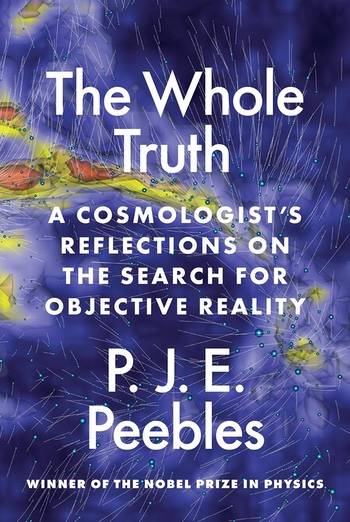Review: The Whole Truthby Jeff Foust
|
| There were multiple paths to getting to this standard cosmological model, he argues, with many Merton multiples along the way. |
The book starts off with the latter, examining some philosophical questions about how science works. This includes theories that are accepted as “good enough approximations to reality” because “their applications yield successful predictions of situations beyond the evidence from which the theories were constructed.” He also notes that in science, including in cosmology, there is a tendency for discoveries or new models to be made independently by two or more people at the same time, something Peebles dubs “Merton multiples” after sociologist Robert Merton, who discussed it in an article more than 60 years ago.
Peebles then examines the development of cosmology, which evolved dramatically over the course of his career. For example, while Einstein’s theory of general relativity was “proven” by measurements of the movement of stars during a 1919 solar eclipse, the evidence supporting it was still weak for decades afterward. Only improved measurements of gravitational redshifts starting in the 1960s removed that uncertainty, providing ever-increasing precision to the predictions of general relativity.
He does the same with other aspects of cosmology, including the Big Bang and the development of the ΛCDM model. In the book’s final chapter, he explains his confidence that the model would exist today even if the specific steps that led to its development were not followed. For example, if Arno Penzias and Robert Wilson had not detected the cosmic microwave background, the signature of the Big Bang, at Bell Labs, a group at Princeton likely would have done so within a year. There were multiple paths to getting to this standard cosmological model, he argues, with many Merton multiples along the way.
That gives him confidence that the current model is correct, at least based on the knowledge we have today about the universe. “And let us note that this is what we would expect if our present physical cosmology is a good approximation to objective reality,” he says of the model, “not a social construction.”
Note: we are using a new commenting system, which may require you to create a new account.
